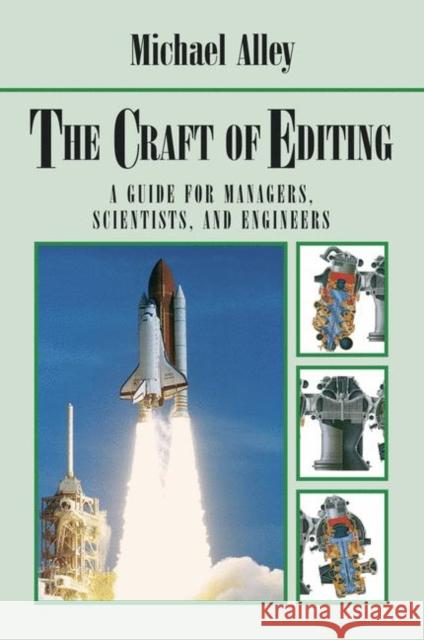The Craft of Editing: A Guide for Managers, Scientists, and Engineers » książka
The Craft of Editing: A Guide for Managers, Scientists, and Engineers
ISBN-13: 9780387989648 / Angielski / Miękka / 1999 / 160 str.
You are a hired gun of sorts: a manager, scientist, or en gineer called upon to edit a document. Perhaps you are overseeing a long report or thesis, reviewing a journal article, or providing comments on a proposal. For the document before you, what changes do you suggest? How do you clearly and efficiently communicate those changes to the author? How do you convince the author and the other editors that those changes are needed? The answers to these questions define how you edit someone's writing. In business, engineering, and science, the process of editing causes much strife. In fact, my experience in teach ing professional writing over the past fifteen years has been that editing is the number one complaint that pro fessionals have about the process of documenting their work. Many professionals complain that this editing seems to arise more from whim than from logic-that what flies in one document is often shot down in another. Others complain that editors change too much, essentially inserting their own individual styles. Still others complain that the sign-off process is so inefficient and taxing that they sometimes do not document work they know should viii Preface be documented. While in many cases these complaints are unfounded, in many others they are legitimate. This book addresses those complaints that are legitimate by showing managers, scientists, and engineers how to make their editing both more effective and more efficient."











